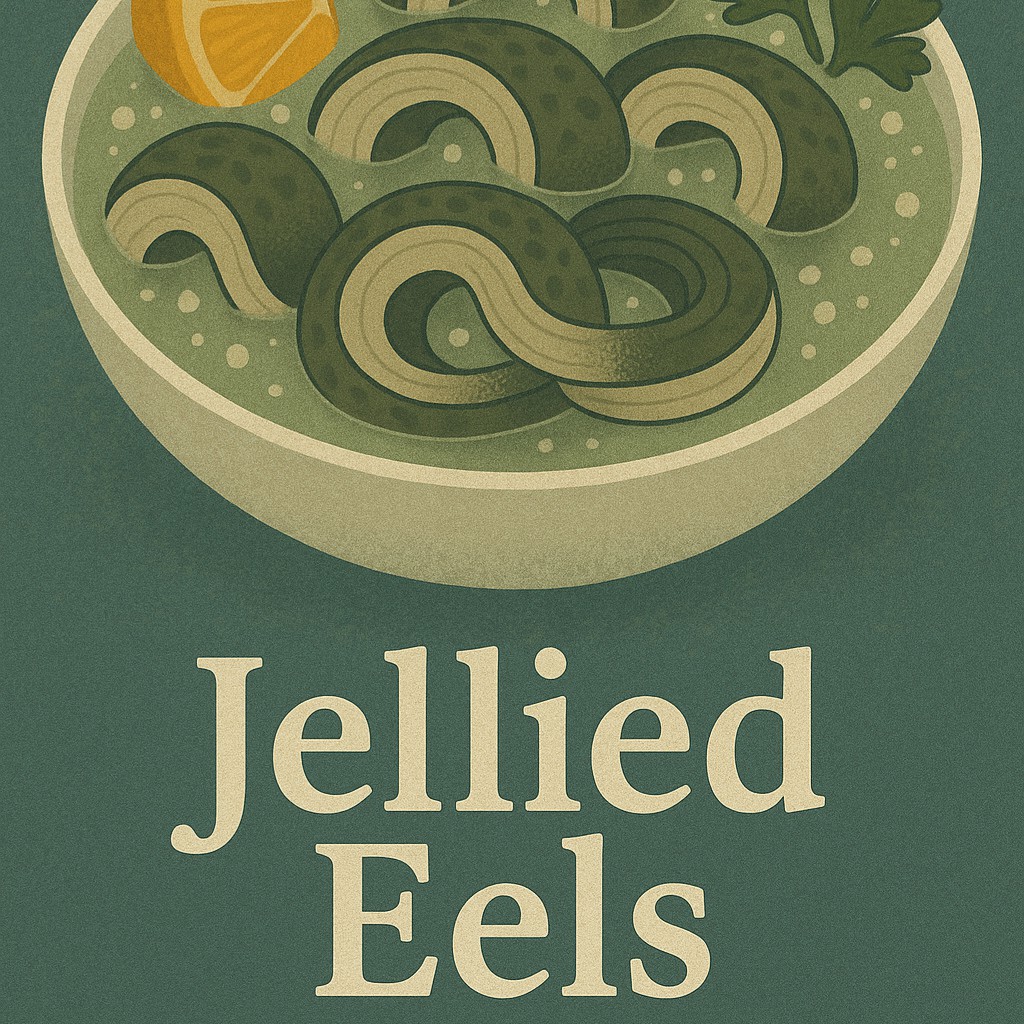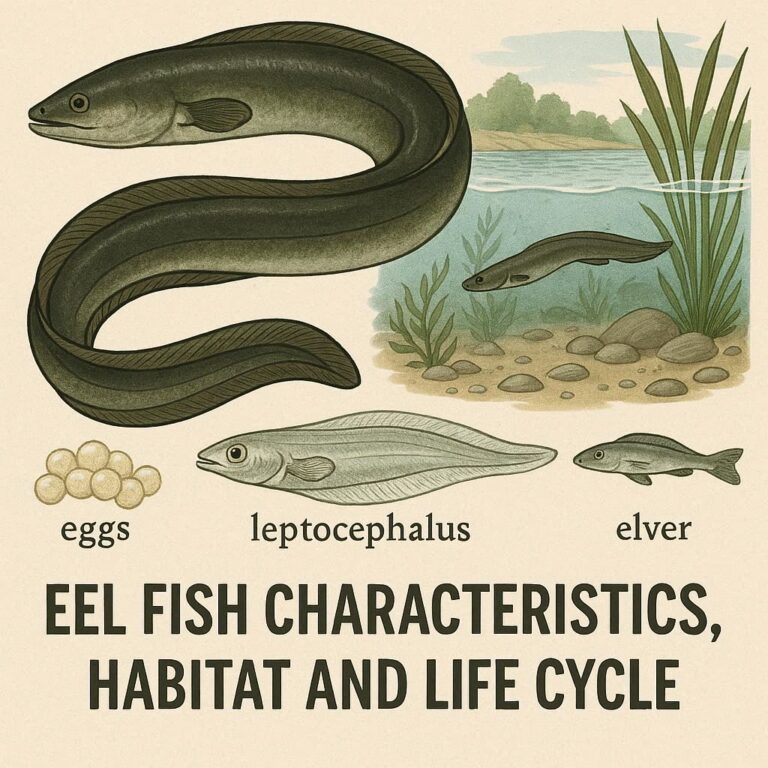
Jellied eels are a traditional British dish that has been enjoyed for centuries, particularly in London and the East End. This unique culinary creation consists of eels cooked in a spiced stock, which is then set into a jelly-like consistency. Jellied eels have a rich history and cultural significance, representing a bygone era of British gastronomy. In this article, we will explore the origins, preparation, and cultural context of jellied eels, as well as their current popularity and where to find them.
1. Historical Origins
Jellied eels have their roots in the working-class communities of London in the 18th and 19th centuries. Eels were abundant in the Thames River, making them an affordable source of sustenance for the local population. As eels were cooked and preserved in a jelly-like substance, they could be stored and consumed over several days, providing a convenient and hearty meal for the working-class families.

2. Eel Selection and Preparation
The key ingredient for jellied eels is, of course, the eel itself. Traditionally, freshwater eels, such as the European eel (Anguilla anguilla), were used. The eels are carefully cleaned, skinned, and cut into small pieces. They are then simmered in a flavorful stock, typically made from ingredients like onions, herbs, vinegar, and spices. The long, slow cooking process allows the gelatin from the eel’s bones to infuse into the stock, creating the characteristic jelly consistency.
3. Culinary Tradition and Cultural Significance
Jellied eels have a deep cultural significance, particularly in the East End of London. In the 19th and early 20th centuries, jellied eels were a staple of the working-class diet and were often sold from pie and mash shops or street stalls. They became associated with the cockney culture and were considered a hearty and nourishing meal for hardworking Londoners.
4. Decline and Resurgence
In recent decades, the popularity of jellied eels has declined, mainly due to changing tastes and the decline of eel populations in the Thames River. However, there has been a resurgence of interest in traditional British cuisine, leading to a renewed appreciation for jellied eels. Some dedicated eel and pie shops still serve this classic dish, and there are even annual events and festivals celebrating jellied eels.
5. Where to Find Jellied Eels
If you’re curious to try jellied eels, there are a few places where you can still find them in London. Traditional pie and mash shops, such as Manze’s and F. Cooke, continue to serve jellied eels alongside their iconic pies. Some seafood stalls in East London markets, like Borough Market and Billingsgate Market, also offer jellied eels as a nostalgic treat for visitors.
6. Enjoying Jellied Eels
When it comes to eating jellied eels, there are a few things to keep in mind. The dish is typically served cold, with the jelly providing a unique texture. Some people enjoy the eels on their own, while others prefer to pair them with a squeeze of lemon juice, malt vinegar, or a sprinkle of chili flakes to add extra flavor. It’s a dish that may not appeal to everyone, but for those with an adventurous palate, jellied eels offer a taste of culinary history.

Conclusion
Jellied eels are an iconic dish that harks back to a bygone era of British cuisine. With their historical origins in the working-class communities of London, they have become a symbol of tradition and cultural heritage. Although the popularity of jellied eels has waned in recent years, they still hold a special place in British culinary history and can be enjoyed as a nostalgic treat for those seeking to explore the rich gastronomic heritage of the East End.
FAQs (Frequently Asked Questions)
- What do jellied eels taste like? Jellied eels have a unique taste and texture. The eels have a rich, slightly fishy flavor, while the jelly adds a gelatinous, savory element to the dish.
- Are jellied eels still popular in London? While their popularity has declined over the years, there is still a niche market for jellied eels in London, particularly among those interested in traditional British cuisine.
- Can I make jellied eels at home? Yes, it is possible to make jellied eels at home. However, it can be a labor-intensive process, and finding fresh eels may be challenging outside of certain regions.
- Are jellied eels a healthy dish? Eels are a good source of protein and essential fatty acids. However, the jelly used in jellied eels can be high in salt, so it’s best to enjoy this dish in moderation as part of a balanced diet.
- Are jellied eels only eaten in London? Jellied eels are most closely associated with London and the East End, but variations of jellied eel dishes can be found in other countries with a tradition of consuming eels, such as the Netherlands and Sweden.






